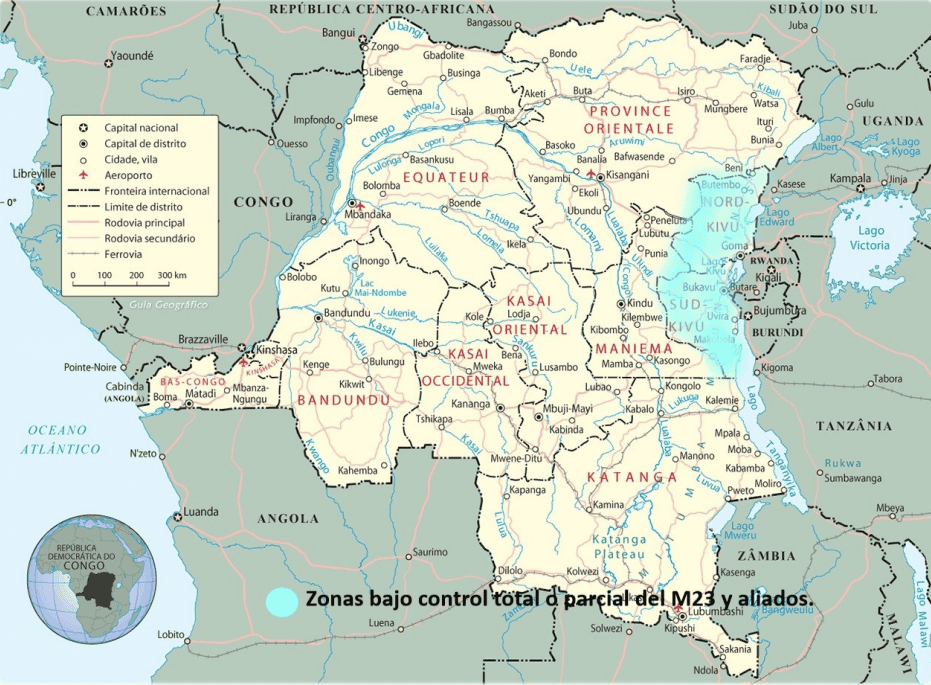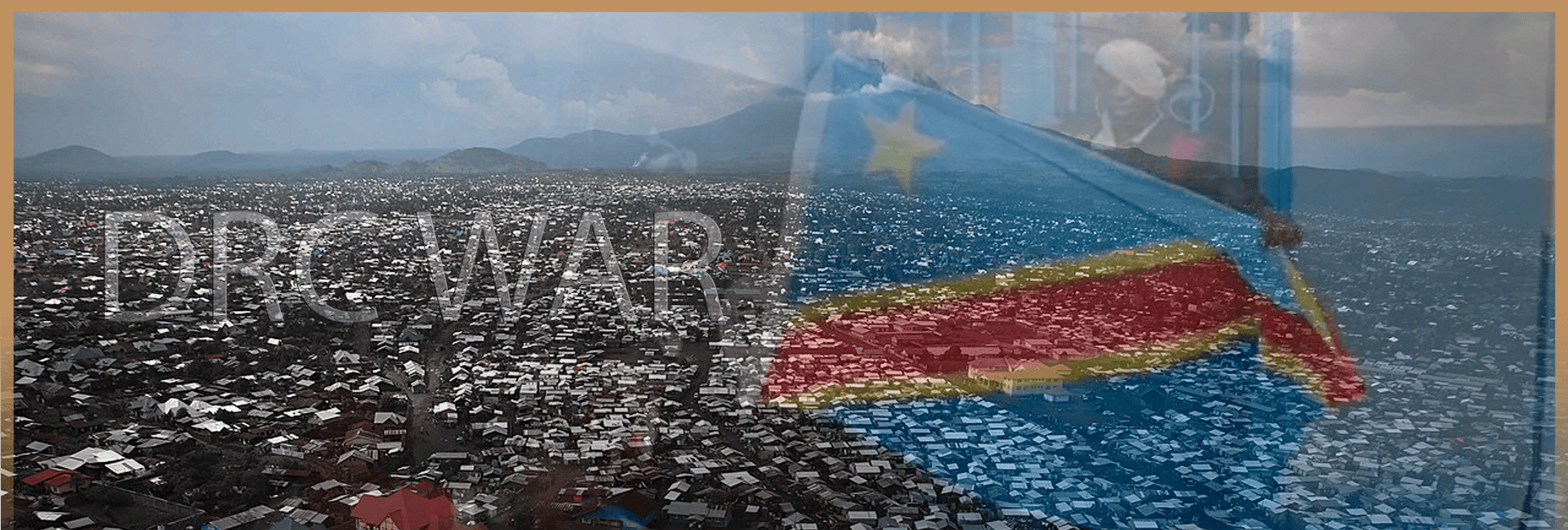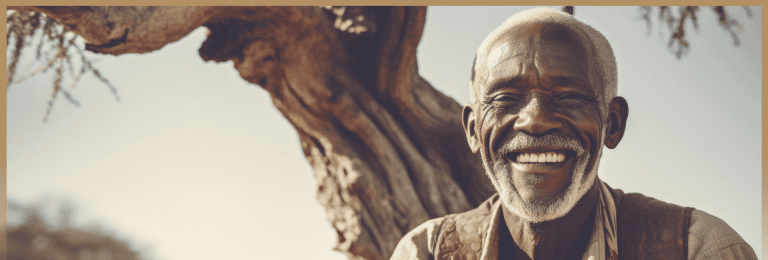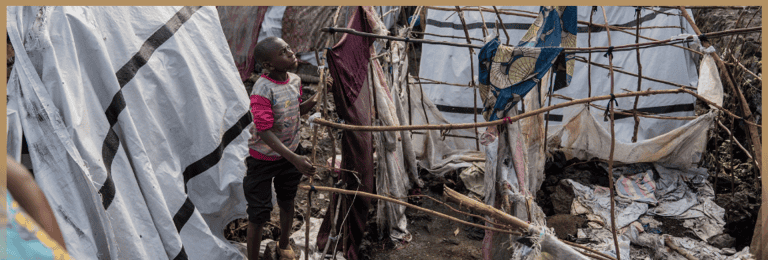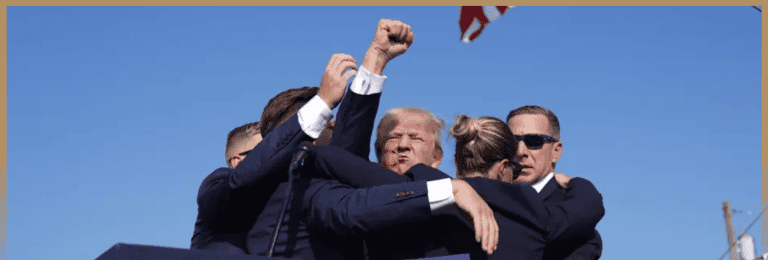Democratic Republic of Congo (DRC)
In the Democratic Republic of Congo (DRC), the current situation is one of extreme violence and armed conflict, especially in the eastern region of the country. Below is a summary of what is happening and the geopolitical consequences:
Current Situation
Armed Conflict: The DRC is plagued by a prolonged conflict with over 100 active armed groups, particularly in the provinces of North Kivu, South Kivu, Ituri, and Tanganyika. The rebel group M23, backed by Rwanda, has intensified its operations, taking control of strategic areas such as the Kavumu airport and the cities of Goma and Bukavu.
To understand the situation, it is essential to put it in context, considering the intermittent conflicts the country has faced over the past three decades, which have resulted in more than 7 million deaths. The key actors must be identified.
M23 – March 23 Movement
The March 23 Movement, known as M23, is a rebel group in the Democratic Republic of Congo (DRC) that has been particularly active in the eastern region of the country. Here are some key details about M23:
Origin and Motivations:
- Foundation: M23 was formed in April 2012 after a group of soldiers, primarily from the Tutsi tribe, defected from the Congolese army. These soldiers were former members of the National Congress for the Defense of the People (CNDP), which had been integrated into the national army following a peace agreement in 2009.
- Name: The name “M23” comes from the peace agreement signed on March 23, 2009, which the rebels claim the Congolese government failed to honor, particularly regarding the integration and conditions of the ex-CNDP members in the army and public administration.
- Objectives: The group claims to fight for the protection of the Tutsi community’s rights in the DRC, improving governance, and combating corruption. However, M23 is also accused of seeking control over the mineral-rich regions in the eastern part of the country.
Activities and Operations:
- Military Offensives: M23 has conducted several significant military campaigns. In 2012 and 2013, they captured several cities, including Goma, the capital of North Kivu, causing a humanitarian crisis and an increase in violence.
- Armament and Training: It has been documented that M23 has received logistical, financial, and training support from Rwanda, and to a lesser extent, Uganda. This support has been controversial and has exacerbated regional tensions.
- Recent Conflict: After a period of inactivity, M23 resurfaced in late 2021, resuming hostilities in eastern DRC. In 2022 and early 2023, there were reports of significant advances, with the group once again taking control of strategic areas.
In addition to M23, numerous other rebel groups operate in the Democratic Republic of Congo (DRC), each with its own agendas, alliances, and areas of influence.
Armed Groups in the Democratic Republic of Congo (DRC)
1. Democratic Forces for the Liberation of Rwanda (FDLR):
- Origin: Established by Hutu Rwandans who fled to the DRC following the 1994 genocide in Rwanda.
- Objectives: Aims to overthrow the Tutsi-led Rwandan government and protect the Hutu community in Congo.
- Activities: Involved in numerous war crimes and violence against civilians, particularly in North Kivu and South Kivu provinces.
2. Allied Democratic Forces (ADF):
- Origin: Initially a Ugandan rebel group, it established itself in eastern DRC, mainly in Ituri and North Kivu.
- Objectives: Originally political, it is now linked to the Islamic State and focuses on terrorist activities and control of natural resources.
- Activities: Notorious for attacks on civilians, kidnappings, and guerrilla tactics.
3. CODECO (Cooperative for the Development of Congo):
- Origin: Emerged among the Lendu people of Ituri province as an agricultural organization that militarized due to ethnic conflicts.
- Objectives: Protection of the Lendu community and control over land and resources.
- Activities: Responsible for massacres, forced displacements, and sectarian violence.
4. Mai-Mai:
- Origin: Diverse groups formed to protect various local communities from external rebel groups and the Congolese army.
- Objectives: Community self-defense, though some have adopted broader agendas.
- Activities: Operate as local militias with multiple factions, some of which have committed atrocities against civilians.
5. Congo River Alliance:
- Origin: A coalition of several armed groups, including M23 at times.
- Objectives: Fight against the central government and other groups for control of eastern Congo.
- Activities: Engage in combat against the army and other militias, often for control of mineral resources.
6. Nyatura:
- Origin: A Hutu group operating mainly in North Kivu in response to violence against Hutus.
- Objectives: Protection of the Hutu community and opposition to Tutsi groups and M23.
- Activities: Involved in conflicts with other ethnic groups and the army.
7. Banyamulenge:
- Origin: Tutsi Banyamulenge militias in South Kivu organized to defend against attacks and negotiate their place in Congolese society.
- Objectives: Protection of their communities and assertion of political and territorial rights.
- Activities: Engaged in conflicts with other ethnic groups and the government.
8. Mobondo:
- Origin: A militia of the Yaka ethnic group operating in Mai Ndombe and Kivu.
- Objectives: Defense of their community’s interests.
- Activities: Involved in several violent confrontations.
These groups, along with many smaller ones, form a complex mosaic in the DRC, where motivations range from community defense, resource exploitation, local power struggles, to external influences. The presence of so many armed groups contributes to chronic instability and a humanitarian crisis in the eastern part of the country.
Consequences and Humanitarian Impact
Mass Displacement: The violence has displaced millions, with nearly 10 million internally displaced people (according to UN sources) and a significant number of refugees in neighboring countries. The humanitarian crisis is severe, with urgent needs for assistance and food security.
Sexual Violence and Abuses: Thousands of cases of sexual and gender-based violence have been reported, especially in North Kivu. Impunity and lack of justice for these victims remain major issues.
International Intervention: The international community, including the UN with its MONUSCO stabilization mission, attempts to mitigate the violence with limited success due to the complexity of the conflict and access limitations.
Geopolitical Consequences
Regional Tensions: Rwanda’s involvement in supporting M23 has heightened tensions between the DRC and Rwanda, threatening a regional conflict. Uganda has also played a role, though less prominently in recent times.
Exploitation of Resources
The DRC is rich in resources such as coltan, cobalt, gold, and diamonds. Control over these resources is one of the underlying causes of the conflict, with militias and foreign armies financing their operations through mining exploitation.
Foreign Influence
Neighboring countries and global powers have vested interests in the stability and resources of the DRC, influencing intervention policies, support for armed groups, and diplomatic efforts to mediate the conflict.
Impact on Global Security
The instability in the DRC has ramifications for peace and security across Central and Eastern Africa, potentially affecting the global trade of minerals critical to modern technology.
Humanitarian Crisis
The situation necessitates a coordinated international response, not only in terms of humanitarian aid but also in diplomatic efforts to achieve lasting peace, impacting assistance and migration policies of many countries.
Impact and Consequences
The situation in the DRC underscores the need to address both the root causes of conflicts and the geopolitical dynamics that perpetuate them, seeking solutions that include all stakeholders and focus on justice, governance, and the reconstruction of civil society.
Displacement: The operations of M23 have caused the displacement of hundreds of thousands of people, exacerbating the humanitarian crisis in the region.
Human Rights Violations: M23 has been accused of committing war crimes, including murders, rapes, and the recruitment of child soldiers.
International Response: The MONUSCO (UN Stabilization Mission in the DRC) and regional forces have attempted to counter M23’s actions with mixed results. The international community has condemned external support for the rebels and has pushed for diplomatic and security solutions.
Diplomacy: Negotiation attempts have included a 2013 peace agreement that led to a temporary ceasefire, but peace has not been lasting, with M23 resuming arms multiple times. The conflict with M23 is not only a struggle for power and resources in eastern DRC but also reflects ethnic tensions, foreign intervention policies, and the fight for control in a rich but unstable region.
Addressing the United Nations Security Council, Congolese Foreign Minister Thérèse Kayikwamba Wagner once again accused Rwanda of preparing an “open-air massacre” and attempting to “overthrow the regime of the Democratic Republic of Congo by force,” while denouncing the Security Council’s inaction to prevent it. “This council must act; it can no longer be content to be a silent witness to the ongoing tragedy.”
Kinshasa is calling for individual sanctions against Rwandan political and military leaders and an embargo on Rwanda’s natural resource exports.
Military Context
M23’s offensive may appear to be stalled, but in reality, it is just a pause to reorganize its forces while maintaining pressure on the Ituri region, their apparent next target. This would prevent access by Ugandan troops, supported by the ADF movement. Previously, M23 had been gradually taking control of significant parts of North Kivu in the territories of Nyiragongo, Masisi, Rutshuru, and Lubero, including the strategic localities of Bunagana (in 2022) and Kanyabayonga (in 2024). The incorporation of police and military personnel, taken as prisoners by M23 in Goma and Bukavu, has tipped the balance in favor of M23 regarding total forces on the ground. The debacle of the Burundian troops, who arrived in Congo to reinforce the FARDC, has caused even greater chaos among the Congolese military, compounded by ongoing looting and rapes by various armed groups. Regarding Uganda, shortly after the fall of Goma, neighboring Uganda deployed around 1,000 additional soldiers to Congo. It is estimated that the country already had between 3,000 and 7,000 soldiers in the Democratic Republic of Congo. Officially, Uganda is there to fight another rebel group, the Allied Democratic Forces, linked to the Islamic State. However, these newly deployed troops have advanced towards M23 positions.
E. Zamora
